Hydrogen Peroxide Cleaning Uses: Unlock the sparkling potential of this everyday household staple! Are you tired of harsh chemicals and expensive cleaning products cluttering your cabinets? I know I was! For generations, folks have been searching for safe, effective, and affordable ways to keep their homes clean and healthy. From ancient civilizations using natural remedies to modern-day eco-conscious consumers, the quest for the perfect cleaner continues.
That’s where hydrogen peroxide comes in. This unassuming liquid, often relegated to the medicine cabinet, is actually a powerhouse of cleaning potential. But did you know that hydrogen peroxide cleaning uses extend far beyond disinfecting cuts and scrapes?
In this DIY guide, I’m going to show you some amazing tricks and hacks that will revolutionize your cleaning routine. We’ll explore how to use hydrogen peroxide to tackle everything from stubborn stains and grimy surfaces to mold and mildew. Not only will you save money and reduce your reliance on harsh chemicals, but you’ll also discover a safer, more natural way to keep your home sparkling clean. Get ready to be amazed by the versatility of this simple solution!
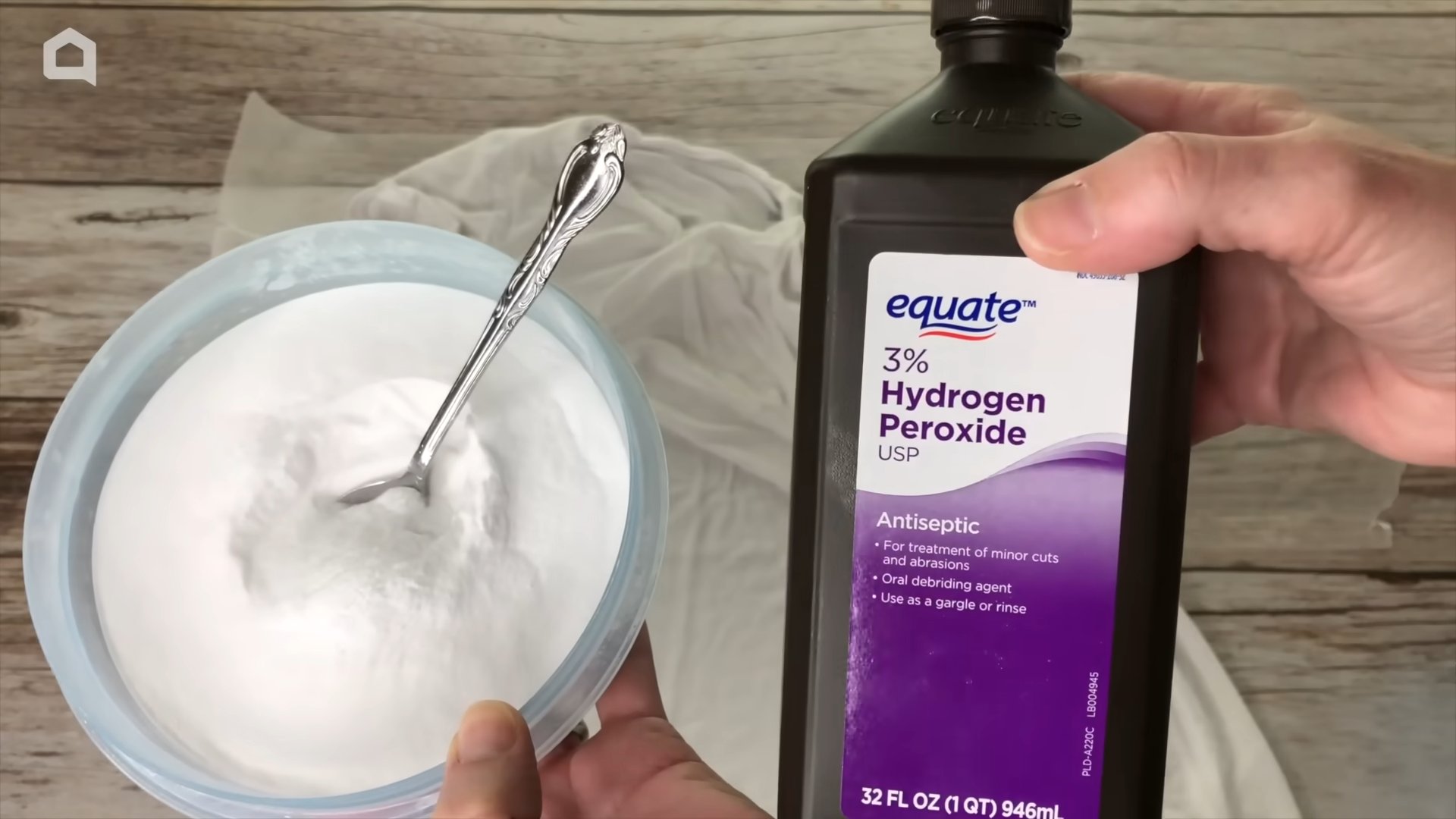
Unlocking the Cleaning Power of Hydrogen Peroxide: A DIY Guide
Hey there, fellow cleaning enthusiasts! I’m so excited to share with you the amazing versatility of hydrogen peroxide. This inexpensive and readily available solution is a true powerhouse when it comes to cleaning and disinfecting your home. Forget harsh chemicals – hydrogen peroxide is a safer, more eco-friendly alternative for tackling a wide range of messes. Let’s dive into some fantastic DIY hacks using this wonder liquid!
Understanding Hydrogen Peroxide
Before we get started, let’s quickly cover the basics. You’ll typically find hydrogen peroxide in a 3% solution at your local drugstore. This concentration is perfect for most household cleaning tasks. Higher concentrations exist, but they require extreme caution and are generally not needed for these DIY projects. Always store hydrogen peroxide in a dark, cool place, as light can degrade its effectiveness. And remember, while it’s generally safe, avoid direct contact with your eyes and skin for prolonged periods.
DIY Cleaning Hacks with Hydrogen Peroxide
Here are some of my favorite ways to use hydrogen peroxide around the house:
* Disinfecting Surfaces: Countertops, cutting boards, and bathroom fixtures can all benefit from a hydrogen peroxide treatment.
* Whitening Laundry: Say goodbye to dingy whites! Hydrogen peroxide can brighten your clothes without the harshness of bleach.
* Cleaning Grout: Grimy grout lines are no match for the fizzing power of hydrogen peroxide.
* Removing Stains: From blood to wine, hydrogen peroxide can lift a variety of stains from fabrics and carpets.
* Freshening Sponges and Dishcloths: Keep your kitchen essentials clean and odor-free with a simple hydrogen peroxide soak.
* Cleaning Toilets: A quick and easy way to disinfect and deodorize your toilet bowl.
* Brightening Nails: Remove stains and discoloration from your nails for a naturally brighter look.
* Cleaning Mirrors and Windows: Achieve streak-free shine without harsh chemicals.
* Deodorizing and Cleaning Lunch Boxes: Eliminate lingering odors and keep your lunch box fresh.
* Cleaning Toothbrushes: Keep your toothbrush clean and free of bacteria.
Cleaning and Disinfecting Surfaces
This is probably the most common use for hydrogen peroxide, and for good reason – it’s incredibly effective!
1. Gather Your Supplies: You’ll need a spray bottle, 3% hydrogen peroxide, and a clean cloth or paper towel.
2. Prepare the Spray Bottle: Pour the hydrogen peroxide directly into the spray bottle. No need to dilute it for disinfecting purposes.
3. Spray the Surface: Liberally spray the surface you want to disinfect. Make sure to cover the entire area.
4. Let it Sit: Allow the hydrogen peroxide to sit on the surface for at least 5-10 minutes. This gives it time to kill bacteria and viruses.
5. Wipe Clean: Wipe the surface clean with a clean cloth or paper towel.
6. Air Dry (Optional): You can let the surface air dry completely, or wipe it dry with a fresh cloth.
I use this method on my kitchen countertops after preparing raw meat, in the bathroom to disinfect the sink and toilet, and even on doorknobs and light switches. It’s a quick and easy way to keep germs at bay!
Whitening Laundry
Tired of dingy whites? Hydrogen peroxide can help!
1. Check Fabric Care Labels: Always check the care labels of your garments before using any whitening agent. Avoid using hydrogen peroxide on delicate fabrics or those that are not colorfast.
2. Pre-Soak (Optional): For heavily soiled or stained whites, pre-soak them in a solution of 1 cup of hydrogen peroxide per gallon of water for at least 30 minutes.
3. Add to Washing Machine: Add 1 cup of hydrogen peroxide to your washing machine along with your regular laundry detergent. Pour it directly into the bleach dispenser or add it to the drum before loading your clothes.
4. Wash as Usual: Wash your clothes as usual, using the appropriate water temperature and cycle for the fabric.
5. Dry as Usual: Dry your clothes as usual, either in the dryer or by hanging them to dry.
I’ve found that hydrogen peroxide works particularly well on brightening white socks and t-shirts. It’s a gentle alternative to bleach that won’t damage your fabrics.
Cleaning Grout
Grimey grout lines can make even the cleanest bathroom look dirty. Here’s how to tackle them with hydrogen peroxide:
1. Gather Your Supplies: You’ll need a spray bottle, 3% hydrogen peroxide, a scrub brush (an old toothbrush works great!), and a clean cloth.
2. Spray the Grout: Spray the hydrogen peroxide directly onto the grout lines. Make sure to saturate the grout.
3. Let it Fizz: Allow the hydrogen peroxide to sit on the grout for at least 10-15 minutes. You’ll notice it starts to fizz as it breaks down the grime.
4. Scrub the Grout: Use the scrub brush to scrub the grout lines. Apply firm pressure and work in small sections.
5. Rinse with Water: Rinse the grout with clean water. You can use a spray bottle or a damp cloth to remove the hydrogen peroxide residue.
6. Wipe Dry: Wipe the grout dry with a clean cloth.
For really stubborn grout stains, you can make a paste of baking soda and hydrogen peroxide. Apply the paste to the grout, let it sit for a few minutes, and then scrub.
Removing Stains
Hydrogen peroxide is a surprisingly effective stain remover. However, it’s important to test it on an inconspicuous area of the fabric first to ensure it doesn’t cause discoloration.
1. Test on a Hidden Area: Before applying hydrogen peroxide to the stain, test it on a hidden area of the fabric, such as an inside seam or hem. Apply a small amount of hydrogen peroxide, let it sit for a few minutes, and then blot it with a clean cloth. Check for any discoloration or damage to the fabric.
2. Blot the Stain: If the fabric is colorfast, blot the stain with a clean cloth to remove any excess liquid.
3. Apply Hydrogen Peroxide: Apply hydrogen peroxide directly to the stain.
4. Let it Sit: Allow the hydrogen peroxide to sit on the stain for 5-10 minutes.
5. Blot Again: Blot the stain again with a clean cloth.
6. Repeat if Necessary: Repeat steps 3-5 until the stain is removed or significantly lightened.
7. Wash as Usual: Wash the garment as usual, following the care label instructions.
I’ve had success using hydrogen peroxide to remove blood stains, wine stains, and even grass stains from clothing and carpets.
Freshening Sponges and Dishcloths
Sponges and dishcloths can harbor bacteria and develop unpleasant odors. Here’s how to keep them fresh with hydrogen peroxide:
1. Rinse Thoroughly: Rinse the sponge or dishcloth thoroughly with water to remove any food particles or debris.
2. Soak in Hydrogen Peroxide: Fill a bowl or sink with 3% hydrogen peroxide. Submerge the sponge or dishcloth in the hydrogen peroxide and let it soak for at least 5-10 minutes.
3. Rinse Again: Rinse the sponge or dishcloth thoroughly with water to remove the hydrogen peroxide.
4. Squeeze Out Excess Water: Squeeze out any excess water from the sponge or dishcloth.
5. Air Dry: Allow the sponge or dishcloth to air dry completely.
I do this every few days to keep my kitchen sponges and dishcloths clean and odor-free.
Cleaning Toilets
Hydrogen peroxide is a great way to disinfect and deodorize your toilet bowl.
1. Pour into Toilet Bowl: Pour about 1/2 cup of 3% hydrogen peroxide into the toilet bowl.
2. Let it Sit: Let the hydrogen peroxide sit in the toilet bowl for at least 30 minutes.
3. Scrub the Bowl: Use a toilet brush to scrub the bowl, paying attention to any stains or buildup.
4. Flush the Toilet: Flush the toilet to rinse away the hydrogen peroxide and any loosened debris.
For a deeper clean, you can add a cup of baking soda to the toilet bowl along with the hydrogen peroxide. Let it fizz for a few minutes before scrubbing.
Brightening Nails
If your nails are stained or discolored, hydrogen peroxide can help brighten them.
1. Prepare a Solution: Mix 1 tablespoon of 3% hydrogen peroxide with 1/2 cup of water.
2. Soak Your Nails: Soak your nails in the solution for 2-3 minutes.
3. Rinse with Water: Rinse your nails with clean water
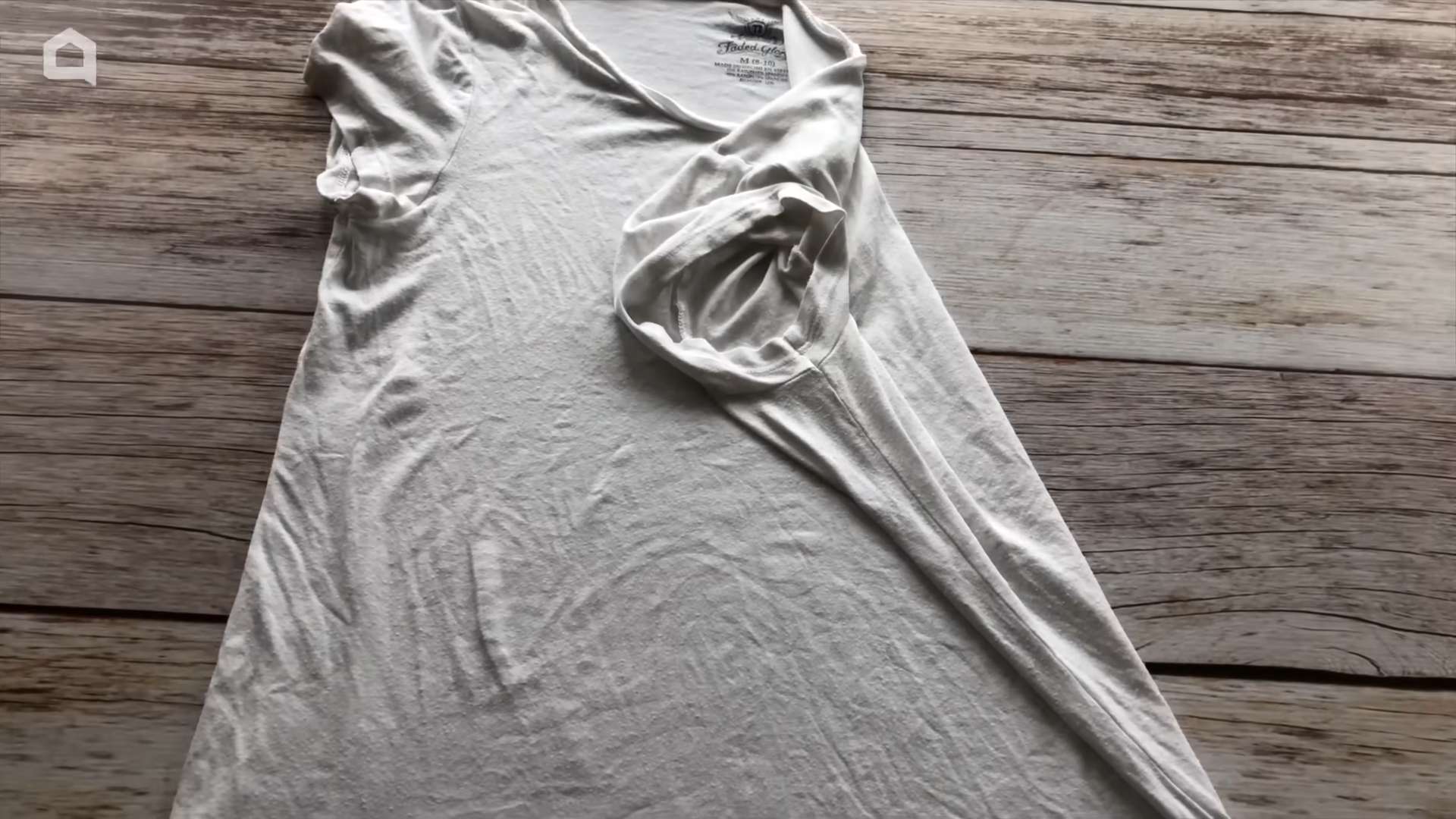
Conclusion
So, there you have it! Unleashing the power of hydrogen peroxide for cleaning is not just a budget-friendly alternative to harsh chemicals; it’s a game-changer for a healthier, sparkling home. We’ve explored a range of applications, from banishing bathroom grime to revitalizing laundry and even tackling stubborn stains on your favorite fabrics. The versatility of this simple solution is truly remarkable, making it an indispensable tool in your cleaning arsenal.
But why is this DIY trick a must-try? Beyond the cost savings and eco-friendliness, hydrogen peroxide offers a unique advantage: its ability to break down into water and oxygen. This means you’re not leaving behind harmful residues that can irritate skin or pollute the environment. It’s a win-win for your home and the planet.
Consider these suggestions and variations to further customize your hydrogen peroxide cleaning experience:
* **For a more potent stain remover:** Combine hydrogen peroxide with baking soda to create a paste. Apply it to the stain, let it sit for a few minutes, and then scrub gently. This works wonders on tough stains like coffee, wine, and grass.
* **To disinfect cutting boards:** After washing your cutting board with soap and water, spray it with hydrogen peroxide and let it air dry. This will help kill any lingering bacteria.
* **To brighten white laundry:** Add a cup of hydrogen peroxide to your washing machine along with your regular detergent. This will help keep your whites bright and prevent them from yellowing.
* **For a refreshing bathroom cleaner:** Mix equal parts hydrogen peroxide and water in a spray bottle. Use it to clean your shower, toilet, and sink. The hydrogen peroxide will help kill mold and mildew and leave your bathroom smelling fresh.
* For a natural mouthwash: Dilute hydrogen peroxide with water (equal parts) and swish in your mouth for about 30 seconds. Do not swallow. This can help kill bacteria and freshen your breath. However, it is important to consult with your dentist before using hydrogen peroxide as a mouthwash regularly.
We’ve armed you with the knowledge and inspiration to transform your cleaning routine. Now, it’s your turn to put these tips into action! We are confident that you’ll be amazed by the results. Don’t just take our word for it; experience the cleaning power of hydrogen peroxide cleaning uses for yourself.
We are eager to hear about your experiences. Did you discover a new and innovative way to use hydrogen peroxide? Did you successfully tackle a particularly stubborn stain? Share your stories, tips, and tricks in the comments below. Let’s create a community of savvy cleaners who are passionate about using safe, effective, and affordable solutions. Your feedback will not only help others but also inspire us to continue exploring the endless possibilities of DIY cleaning. So, go ahead, give it a try, and let us know what you think!
Frequently Asked Questions (FAQ)
Is hydrogen peroxide safe to use on all surfaces?
While hydrogen peroxide is generally safe for most surfaces, it’s always a good idea to test it in an inconspicuous area first, especially on delicate or colored materials. Hydrogen peroxide can have a bleaching effect, so it’s crucial to ensure it doesn’t discolor or damage the surface you’re cleaning. Avoid using it on natural stone surfaces like marble or granite, as it can etch or dull the finish. For fabrics, test a small, hidden area before applying it to the entire garment. When in doubt, consult the manufacturer’s instructions for the surface you’re cleaning.
What concentration of hydrogen peroxide should I use for cleaning?
The standard concentration of hydrogen peroxide sold in drugstores is typically 3%. This is generally safe and effective for most cleaning purposes. Higher concentrations are available, but they should be handled with extreme caution and are generally not necessary for household cleaning. Always wear gloves and eye protection when working with higher concentrations of hydrogen peroxide. For most applications mentioned in this article, the 3% solution is perfectly adequate.
Can I mix hydrogen peroxide with other cleaning products?
It’s crucial to exercise caution when mixing hydrogen peroxide with other cleaning products. Never mix hydrogen peroxide with vinegar or bleach. Mixing hydrogen peroxide with vinegar can create peracetic acid, which is a toxic and potentially dangerous chemical. Mixing hydrogen peroxide with bleach can produce chlorine gas, which is also highly toxic and can cause respiratory problems. Always use hydrogen peroxide on its own or with safe alternatives like baking soda or water.
How should I store hydrogen peroxide?
Hydrogen peroxide should be stored in a cool, dark place away from direct sunlight and heat. Light and heat can cause it to decompose and lose its effectiveness. Keep it in its original container, tightly sealed, and out of reach of children and pets. It’s also a good idea to label the container clearly to avoid any confusion.
How long does hydrogen peroxide last?
Unopened hydrogen peroxide typically has a shelf life of about one to two years. Once opened, it may start to degrade over time, especially if exposed to light or heat. You can usually tell if it’s still effective by checking for fizzing when you pour it. If it doesn’t fizz, it may have lost its potency and may not be as effective for cleaning.
Can I use hydrogen peroxide to clean my pet’s wounds?
While hydrogen peroxide can be used to clean minor cuts and scrapes on pets, it’s important to use it with caution. Dilute it with water (equal parts) to avoid irritating the skin. Avoid using it on deep wounds or puncture wounds, as it can damage tissue and delay healing. It’s always best to consult with your veterinarian before using hydrogen peroxide on your pet’s wounds.
Is hydrogen peroxide safe for septic systems?
Yes, hydrogen peroxide is generally considered safe for septic systems when used in moderation for cleaning purposes. Unlike harsh chemicals like bleach, it breaks down into water and oxygen, which are not harmful to the beneficial bacteria in your septic tank. However, avoid pouring large quantities of hydrogen peroxide down the drain at once, as it could potentially disrupt the balance of your septic system.
Can hydrogen peroxide remove mold?
Yes, hydrogen peroxide is an effective mold killer. It works by oxidizing the mold, breaking it down at a molecular level. To use it, spray the affected area with 3% hydrogen peroxide, let it sit for 10-15 minutes, and then scrub the area with a brush or sponge. Wipe away any residue with a clean cloth. You may need to repeat the process for stubborn mold stains. Always wear gloves and eye protection when working with mold.
Can I use hydrogen peroxide to clean my teeth?
Diluted hydrogen peroxide can be used as a mouthwash to help kill bacteria and freshen breath. However, it’s important to use it with caution and to consult with your dentist before using it regularly. Use a 3% solution diluted with equal parts water, swish it in your mouth for about 30 seconds, and then spit it out. Do not swallow it. Overuse of hydrogen peroxide can damage tooth enamel and irritate gums.
What are the environmental benefits of using hydrogen peroxide for cleaning?
Hydrogen peroxide is an environmentally friendly cleaning alternative because it breaks down into water and oxygen, leaving no harmful residues behind. This makes it a safer option for your home, your family, and the planet. By using hydrogen peroxide instead of harsh chemicals, you can reduce your exposure to toxins and minimize your impact on the environment.

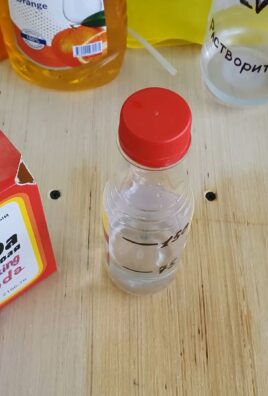
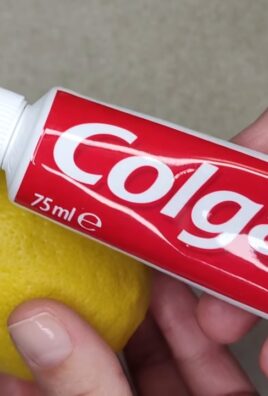
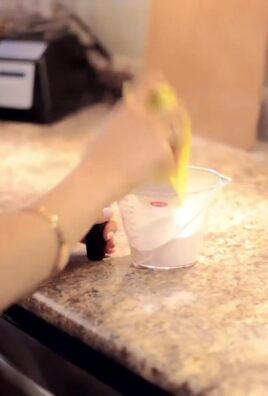
Leave a Comment